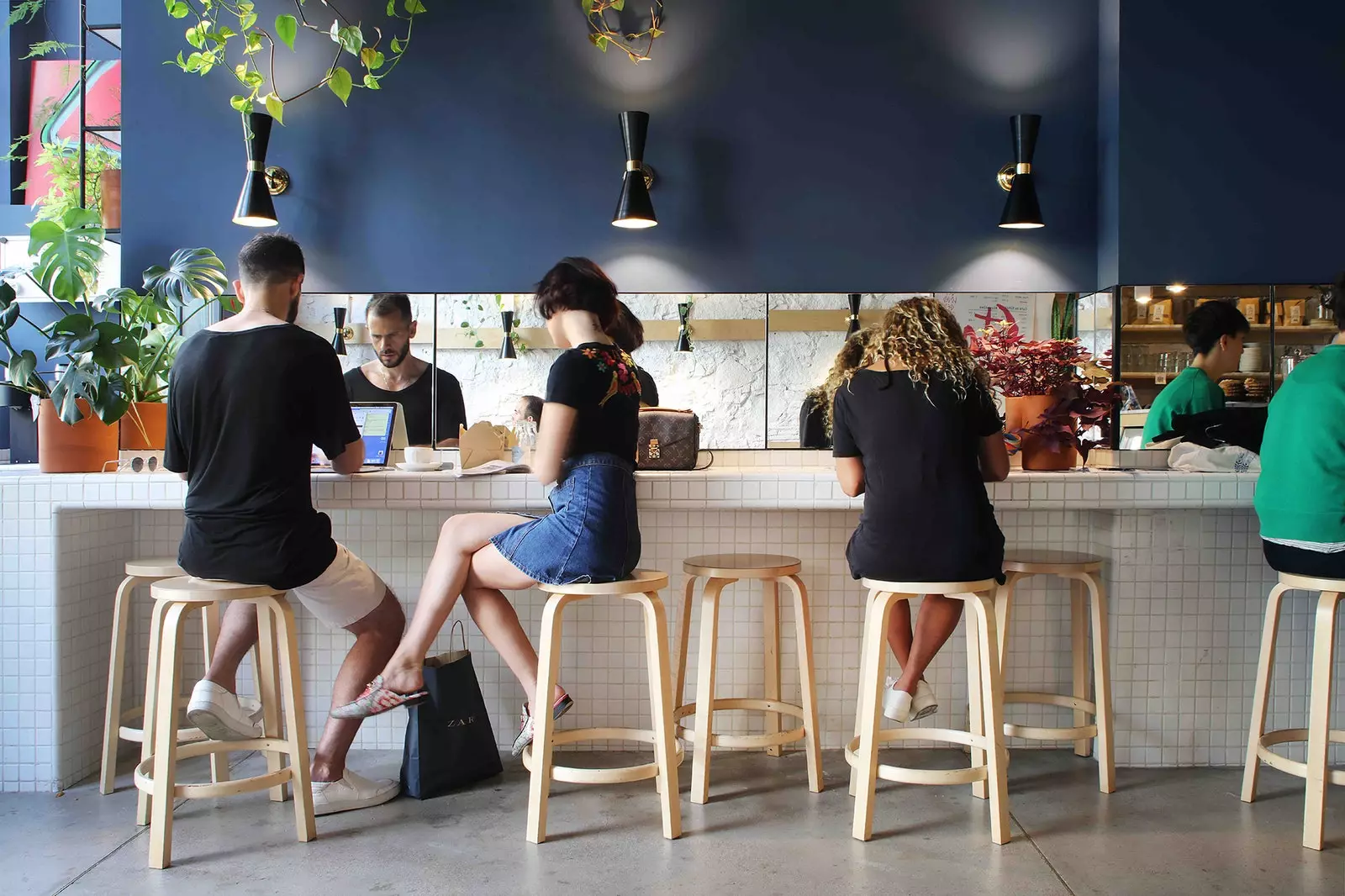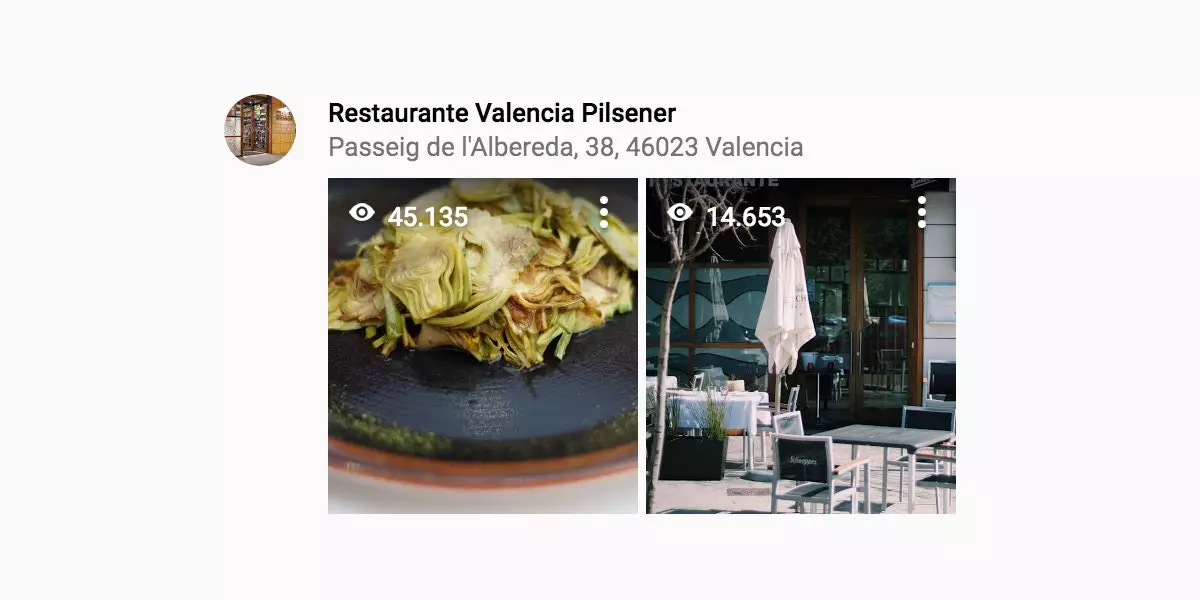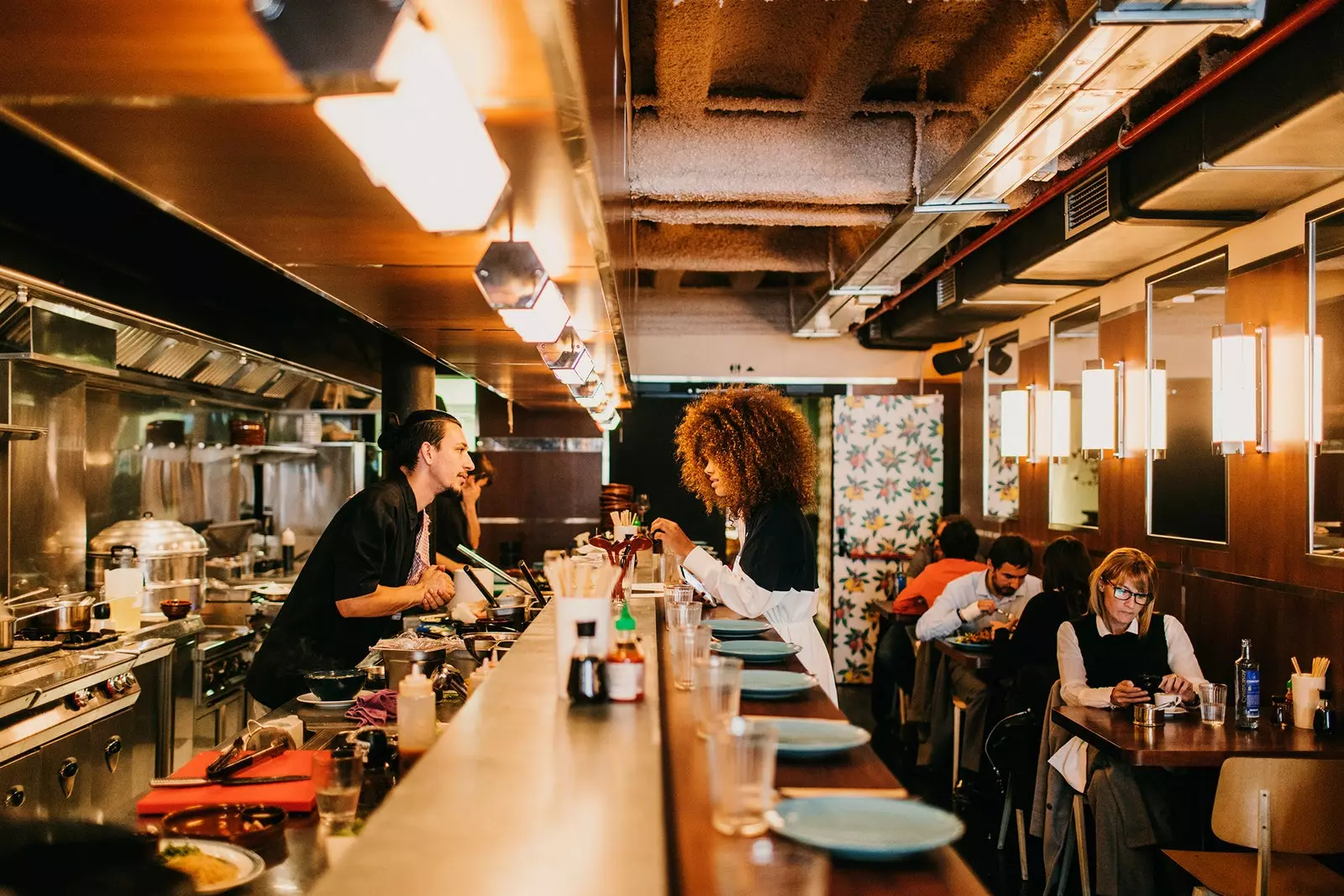
Perhaps Google Maps is the gastronomic guide that we did not expect
there is a confession . I think no one in my immediate environment has one Michelin Guide , the most relevant gastronomy guide on the planet.
In other words, I have it (they gave it to me) many journalist friends have it because they picked it up at the gala at the Ritz-Carlton Abama in Tenerife and many cooks because it decorates, together with books by Montagud, Planeta Gastro and the billet of Modernist Cuisine that already essential corner in every gastronomic restaurant: 'the bookstore'.
And yet the edition for Spain and Portugal is supposed to sell 75,000 to 85,000 copies “between final consumer and B2B (business to business)”, I read in the fantastic ** dissection of Marta Fernández Guadaño ;** so the reasoning is platitude but perhaps not so obvious —the vaunted influence of the red guide on reservations Of so many award-winning restaurants, it may not be so much for having the Star or not, but because of the coverage that the rest of the media gives to these awards.
So those are the keys: coverage, visibility and presence in the most ordinary day to day. And I think we all sense that day by day neither the rouge nor 50 Best arrives, but that application without which we-could-not-live: Google Maps. The first clue that the dimension around gastronomy goes beyond what we could imagine is found in a personal experiment, is the following:

What if all this time we have had the best gastronomic guide in the palm of our hand?
A review of just two paragraphs and a couple of photographs of the pilsner restaurant , one more rice very discreet without Suns, Stars or more brilliance than the recidivism of its clients; Well, the two photos add up to a total of 60,000 views. The point is that more than sixty thousand users of Google Maps have seen this chronicle in the most practical context possible: before a mobile phone and the million dollar question, where am I going to eat today?
We spoke with Google Spain Precisely now, a few weeks after the renewal of Maps towards an experience more focused on exploring, precisely, the services around you, but especially those related to gastronomy, where restaurants and cafes are the two most outstanding resources:
"We've always helped users get where they need to go as quickly as possible, and now with Maps they can find things to do and places to eat based on their tastes and preferences."
Impossible to be more politically correct but be careful what that hides : “depending on your tastes and preferences”; you have your whole life there (personal and professional emails, trips, photos, appointments in your calendar and hundreds of thousands of searches), how could Google Maps not derive in the gastronomic guide of the millennial? It gives me the feeling that day by day it is mutating into the gastro tool of the millennial —and if Google Maps is the Spotify of eating and drinking, the rest of the guides continue to sell us CDs.

What's new, Google?
We spoke with Fabián González, analyst for the Spanish market at Phocuswright, about the changes that are coming (which are already being) .
“ In the travel industry, The goal of all the major online platforms is to be present throughout the entire travel cycle, divided into seven stages: i Inspiration, search, planning, confirmation, reservation, the journey and sharing the experience; and Google, of course, also wants to get in on the game. Google is unbeatable in the intermediate phases of the cycle, search and planning, but not in the first - Inspiration -, nor in the last ones - confirmation, reservation, travel and sharing -, in which Social Networks (Twitter, Facebook and Instagram) and Online Travel Agencies exercise their authority with solvency",
"However, at the last I/O conference of 2018, the big G announced a far-reaching movement in the industry: It would end its Trips platform to merge it with Google Maps and thus concentrating all the functionalities in your Maps App".
"With the new features launched this summer, Google Maps intends to become a source of inspiration for the user, where companies and media can offer a list of recommendations as El Comidista has done, and enter to compete in the confirmation phase (reviews), until now a monopoly of Tripadvisor ".
"It is a move as smart as it is obvious, considering that the user, especially the millennial and GenX, was already a loyal user of Maps in the middle part of the funnel, so it will not be difficult for them to adapt quickly to search for local activities and restaurants directly on Google Maps, and confirm if they match your tastes thanks to the affinity calculation (remember that Google knows everything about us), and the opinions and photos shared by the huge user base that you already have . Search for a trendy restaurant among the youth or one that has recently opened and you will find more reviews and photos on Google Maps than on Tripadvisor. The strategy is working for them, finally ”.
But to all this... Where is the recommendation of the expert in this present absolutely devoted to algorithmic calculations and 'hot' over the supposedly excellent?
Moreover, why the rejection of practically all the 'old school' gastronomic chroniclers to this new reality?
I intuit that it is **fear of change (always, fear of change)** and trying to open doors to the countryside —and also that gastronomic projects such as Elephant, Crocodile, Monkey from Casa Bonay and Palo Santo in Barcelona or Fismuler in Sagasta (perfect examples of places that fill and like) are already playing on the board of this new type of client; and that neither expects nor needs traditional guides.
Somewhere in between is Oscar Marcos, head of the Alabaster restaurant in the Retiro area , “we love it and it is positive to appear recommended in guides, magazines, blogs, etc... the problem is that there is no clear filter in all these media and in my opinion this results in a mix of clientele without making it clear what type of restoration we focus. And that creates problems."
And the democratization of criticism? “The truth is that every day the opinions of clients grow and grow giving the vision of their experience, but too many times these comments do not conform to reality, we even perceive a certain harmful premeditation. If we add to this the loss of credit that it has had over the last few years (options of questionable quality appear among the best restaurants, pizzerias, fast food...) we really believe that there is a huge room for improvement in the middle, especially one where the veracity of both the chronicle and the person who writes it is demanded”.
Difficult, right?
Perhaps it is time to stop kicking and learn to look at what is coming with more enthusiasm than cynicism. After all, you can't run away from the future, can you?
